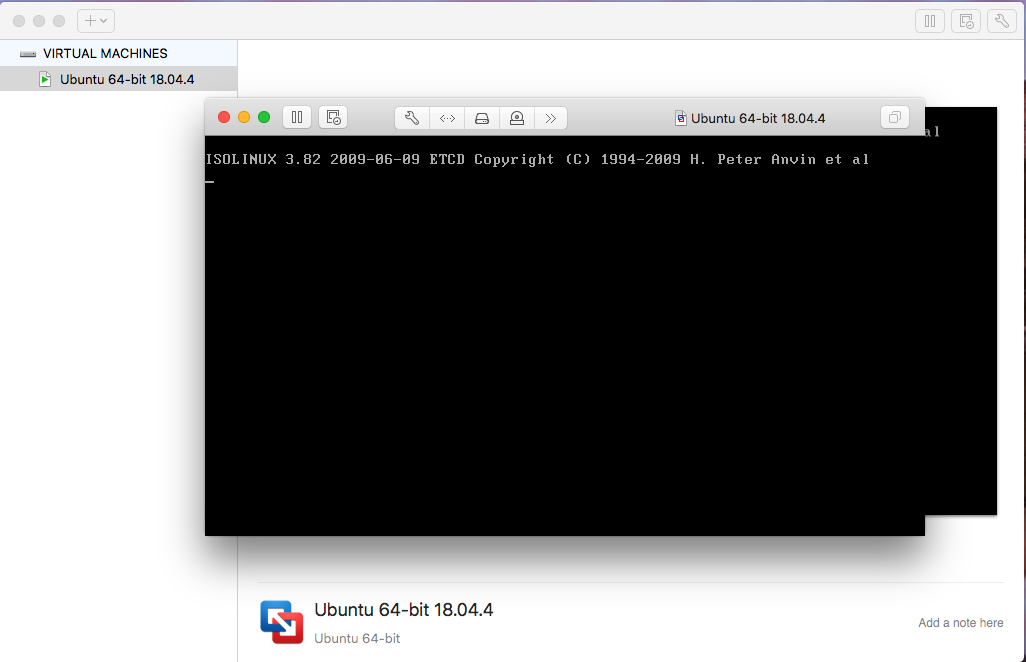
That window also has a handy "Power Down" dropdown option in the "Machine" item in the menu bar.

This command will open a QEMU window you can Alt-Tab to in order to monitor machine startup and proceed with installation.



Now create the file that will serve as the hard drive for the VM: qemu-img create -f qcow2 ubuntu.qcow2 50gĭownload an Ubuntu ISO file (or any other linux): curl -LO I landed on libvirt for the VM, then realized I could remove libvirt from the equation to finally end up at this quick, simple setup for an Ubuntu VM on macOS with QEMU.įirst, install QEMU (see for other options): brew install qemu I realized I would be happy SSHing into a local Linux VM but passed on VirtualBox to avoid depending on legacy system extensions. With the Docker Desktop license changes I looked into minikube and Multipass but both failed when I got on our VPN with Cisco An圜onnect due to bridged networking in hyperkit (see links at bottom). For work I have an Intel Core i5 MacBook.


 0 kommentar(er)
0 kommentar(er)
